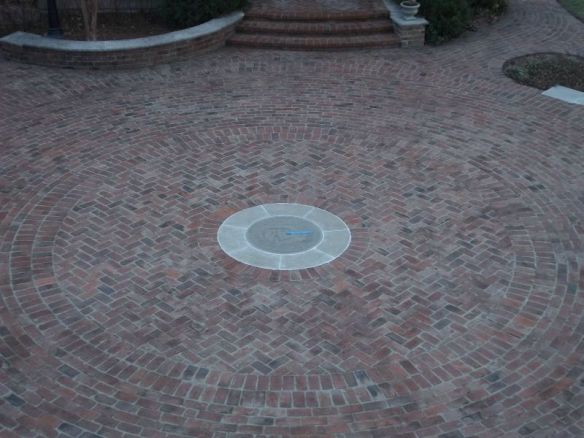A quick post today about a lesson in precalculus that went a lot better than I expected (and isn’t it nice when that happens!). The objective was to understand linear velocity and angular velocity, and the differences between them.
I like to reduce as much as possible the number of formulas students memorize, so when we discuss this topic, I try to get them to use unit cancellation to arrive at the desired result. We talked a little about how to convert rpm to rad/sec, and mph to rpm. Then I sent them out in teams of four to the parking lot, armed with rulers, to figure out the rpms necessary for the wheels of cars traveling at 35 mph.
I didn’t tell them what to use the rulers for, so they had to figure out for themselves that they needed to calculate their car’s wheel circumference. When they returned to the classroom, they got right to work, and wrestled with the proper setup for their expressions. Eventually, every team got a good answer, and they didn’t use the same process to arrive at their result (which is great!). Here’s one team’s work:

Comparing the teams’ different results led to a nice discussion on how wheel size affects the rpms needed to roll at 35 mph, and why cars need differential gears. Merely getting my students out of the classroom and moving for about ten minutes really energized them, and made them interested in figuring out the answer to an admittedly simple problem. Whenever possible, I need to incorporate movement and outside activity into my lessons, even if it’s only for a few minutes.








